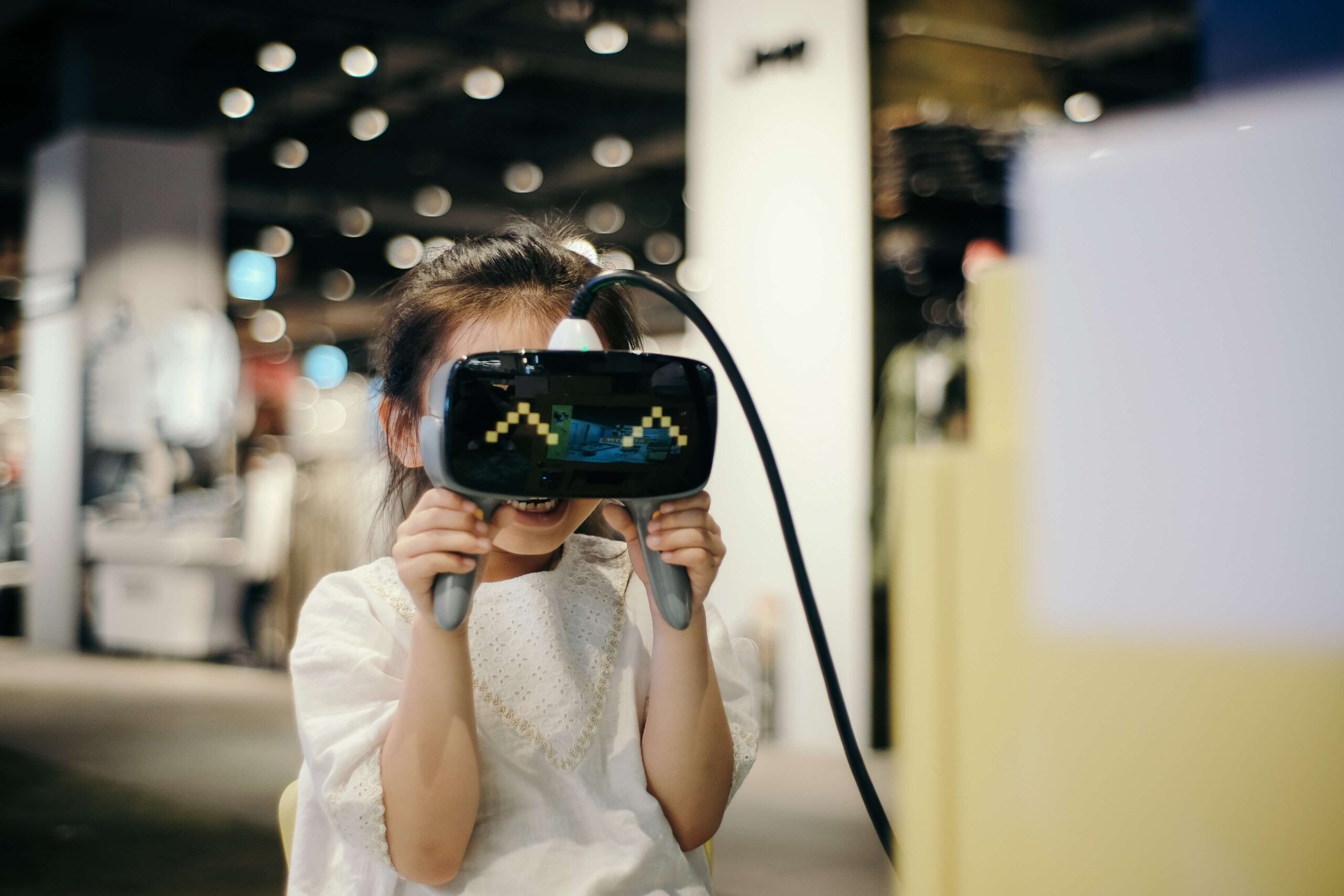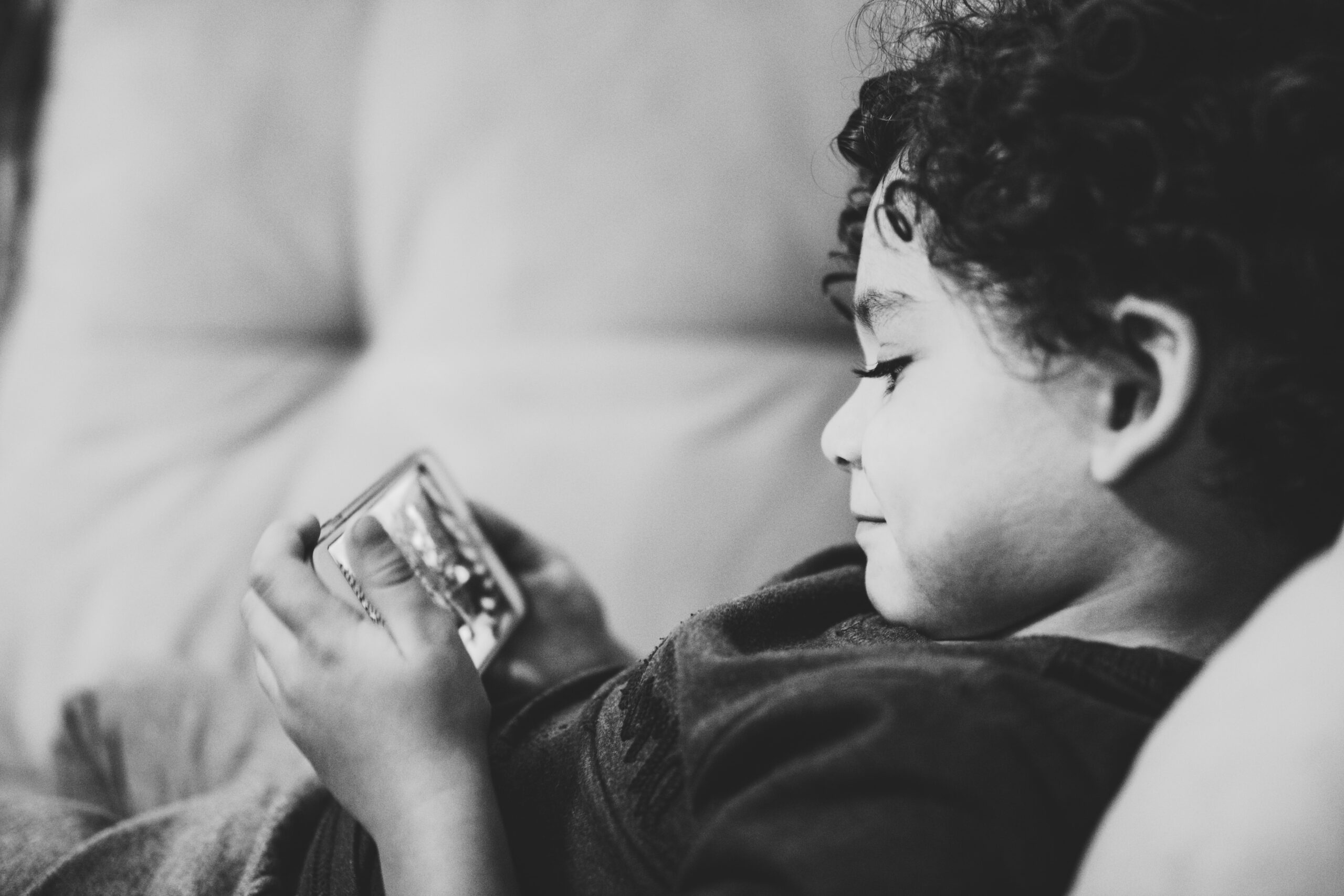Note: These predictions were originally published on Kidscreen.
Our CEO, Dylan Collins once again shares his predictions about the biggest shifts developing in the world of kids technology, digital media, and entertainment for the year ahead. For a look back into 2021, check out Dylan’s predictions from last year.
A crypto-reboot of a classic kids virtual world
The astonishing growth of NFTs and crypto-gaming, which combine character-crafting and trading, seems tailor-made for the first wave of kids virtual worlds. We will see characters that have been created by players sold within games as NFTs, using their own crypto-currencies as the method of payment. When you look at games like Moshi Monsters, Bin Weevils, Poptropica, Club Penguin, and others from the late 2000s, they seem like perfect candidates to rebuild with these blockchain mechanics. We’ll see at least one announcement along these lines in 2022.
More parent- and user-verification in games and services
Laws that regulate data collection from young audiences are hardly new, but their enforcement is certainly being stepped up. As a result, 2022 will see more implementation than ever before of consumer services and features requiring either parent verification or user verification.
Another major kids content acquisition
Moonbug made headlines in 2021 as the biggest kids content acquisition in years. With the importance of the kids audience now cemented in streaming strategy, it’s highly likely we’ll see at least one more deal of similar scale in 2022.
No slowdown in toyco deal-making
2021 was the year that saw MGA enter the metaverse and Spin Master launch its own VC fund to invest in digital start-ups. This follows Hasbro’s move into content and movies with their eOne acquisition. Although each strategy is different, toy companies will continue their transformation into ‘engagement’ companies in 2022 with more deal-making.
Consolidation of kids/family subscription offerings
In 2021, the number of digital services for kids and families remained remarkably fragmented (i.e. payment cards, entertainment services, parent/safety tools). In 2022, we will see a consolidation effort to build a single trusted family subscription brand incorporating all of these services.
Kids app developers start shifting to metaverse platforms
With new metaverse platforms offering robust monetization and discovery, 2022 will see more studios going metaverse-first with their family game development.
Consolidation in the Roblox studio sector
There has been a Cambrian explosion in the number of developers creating experiences on Roblox—and for good reason. With this level of growth and new IP development, it’s inevitable that we’ll see consolidation of smaller development studios to create a bigger metaverse publisher. This will start in 2022.
Dedicated community features for young audiences
Almost all brands now spend the majority of their youth engagement budgets on digital. Almost all of them now also realize it’s a much more challenging landscape than linear TV. 2022 will see a renewed emphasis on building dedicated (rather than re-purposed) social and community experiences for kids in an attempt to bridge these engagement gaps.
In-car entertainment becomes the next kids content land-grab
Auto manufacturers are investing heavily in digital functionality for vehicles. As in-car screens become bigger and more function-rich, their existing distribution makes it a viable platform for kids content of all kinds. In 2022, we’ll see some major distribution deals with auto-makers announced as quite literally the next mobile platform.





